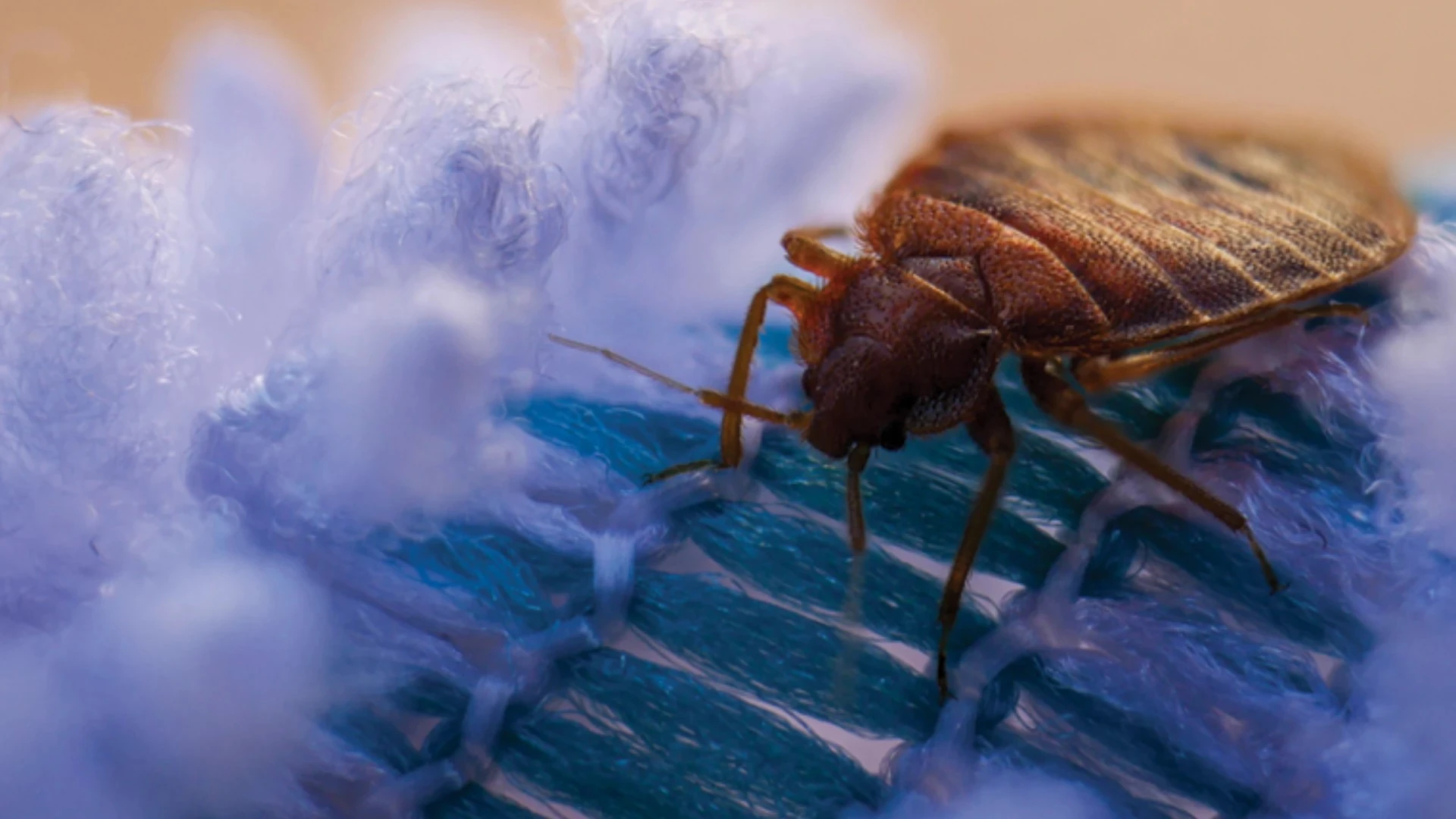Having the ability to measure and control relative humidity by managing its sources, in addition to making some good common-sense calls, equips pest management professionals to prevent or eliminate moisture-induced pest infestation issues.
Certain spots in a house — the crawlspace, basement and buffer zones, in particular — attract pests like a magnet. What’s the draw? Moisture. The solution seems easy enough: Control the moisture, and you control the pests. But controlling moisture is not a simple undertaking. It takes a delicate balance of science and gut instinct to maintain the relative humidity of the air in these critical spaces at a level that deters infestation.
Craig DeWitt, Ph.D., P.E., has some ideas on how to achieve that coveted balance. DeWitt, president of RLC Engineering, Clemson, S.C., has been involved with building systems and the construction industry for more than 25 years. RLC Engineering specializes in wood, moisture and energy issues in residential and light commercial building construction. DeWitt has been studying moisture in critical areas for decades, challenging traditional notions and treatments and looking toward more innovative and effective ones. He shared his ideology at PestWorld 2009 in Las Vegas in October. Highlights of his discussion follow.
Not Your Grandpa’s Crawlspace. Conventional wisdom has taught us that infestations of pests and fungi can be prevented through ventilation. In fact, ventilation was an attempt to resolve a variety of issues ranging from the pests, mold, rot, condensation, rust, peeling paint and wood movement characteristic of hot, humid summer months to the wood shrinkage and related noises caused by over-drying air in the winter through furnace heat.
But ventilation is fraught with its own set of challenges. "In the summer, pulling warm air from the outside into a space that’s cooler, as a crawlspace tends to be, cools that air, which raises its relative humidity so that you’re actually adding moisture to the situation," DeWitt said. "In the winter, pulling cool air into a space that’s warmer lowers the level of moisture in the air so that you’re drying the space out. In essence, by ventilating, you are contributing to the problem rather than solving it."
So perhaps it’s time for a new way of thinking. According to DeWitt, the code by which builders are constructing houses hasn’t evolved much since it was originally created in the 1930s and 1940s, before air conditioning changed the face of our indoor environments.
Relative Humidity Challenges. Ventilation hasn’t proven to be the be-all, end-all solution because it neglects to take into account the most critical component of moisture control: relative humidity.
By definition, relative humidity is the ratio of the amount of water vapor in the air at a specific temperature to the maximum amount the air has the capacity to hold at that temperature. The higher the percentage, the wetter the air.
At 80 percent relative humidity, conditions are right for mold to begin growing. Decay fungi and bugs are bigger fans of liquid water, which forms as condensation at 100 percent relative humidity. Both of these conditions happen frequently in crawlspaces and other critical areas, based on this basic principle: Cooling air increases its relative humidity. Warming air reduces it. That’s why you’re more likely to see mold and pest issues in cool basements and crawlspaces than in warm attics.
"If we control the water, we can control these critters and stop all of that biological activity from happening," DeWitt says.
DeWitt recommends keeping a psychrometric calculator close at hand. This tool enables pest management professionals to calculate how wet the air is and determine how much to alter relative humidity percentages to resolve your moisture challenges.
Steps to Moisture Control. Before you can resolve the issue of too much moisture, you must identify the sources contributing to it. You can start by checking on some of the leading sources of moisture: the soil, foundation walls, drains, vents (surface water often comes into structures through foundation vents), plumbing leaks, activities inside the house and the outside air. Some of these issues — plumbing leaks or a sprinkler system too close to the house, for example — will have clear solutions. Beyond those, DeWitt offers the following steps to rein in moisture control issues in crawlspaces as well as basements:
1. Cover every inch of soil under the crawlspace with plastic. "People underestimate the amount of moisture that can come in through the soil," says DeWitt. "You can eliminate a huge part of the problem simply by covering this source completely."
2. Close and seal the vents. In other words, eliminate the ventilation and you eliminate the moisture contained in the outside air. One caveat: If there are combustion devices in the crawlspace, determine if you need to leave a couple of the vents open. You don’t want to deprive a furnace of combustion air, for example. If the device is a sealed combustion unit, it’s equipped with one pipe for bringing in fresh air and another for exhaust fumes, but if it’s any other type, it needs an outside source of combustion air, and that needs to come through vents.
3. Install a dehumidifier. If there’s standing water, it must be pumped or drained out first. After that, a dehumidifier will mechanically remove moisture from the air, which gives you much better control over the relative humidity of the space. "Don’t set it to bone dry, or you’ll start causing other issues," DeWitt warns. "Set it to 50 or 60 percent and see how things go. You can always adjust it to achieve the ideal level of moisture content."
Your Tool kit. As research into ventilation continues, state building codes are slowly evolving to include measures that take moisture realities into consideration. In the meantime, having the ability to measure and control relative humidity by managing its sources, in addition to making some good common-sense calls, equips you to prevent or eliminate moisture-induced infestation issues.
The author is a freelance writer based in Cleveland, Ohio. She can be reached at ddefranco@giemedia.com.

Explore the February 2010 Issue
Check out more from this issue and find your next story to read.
Latest from Pest Control Technology
- Rentokil Terminix Expanded in Key Markets with 2024 Acquisitions
- In Memoriam: Joe Cavender
- Certus Acquires Green Wave Pest Solutions
- Liphatech Adds Alex Blahnik to Technical Team
- Do the Right Sting: Stinging Insect Identification, Management, and Safety
- VAGA's 8th Annual Veterans Thanksgiving Appreciation Dinner
- Clark's Blair Smith on the Response to Increased Dengue Fever Cases in Southern California
- WSDA, USDA Announce Eradication of Northern Giant Hornet from U.S.





